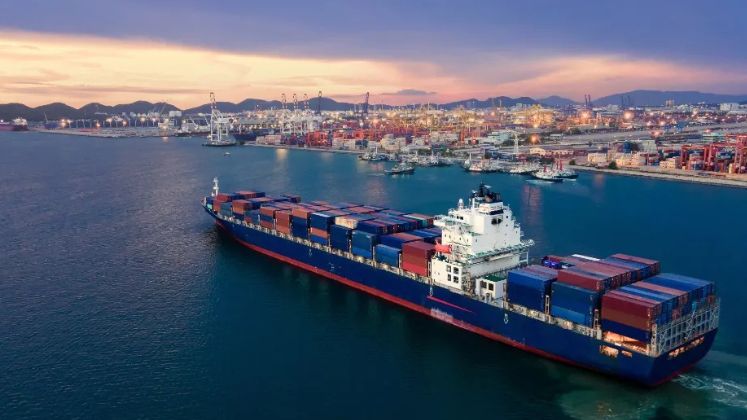US imports fell more than expected in June as shifting tariff policies disrupted retailer purchasing plans, raising concerns of fewer product choices for shoppers, according to data from the National Retail Federation (NRF).
The decline follows the rollout of several sweeping tariffs announced by US President Donald Trump, which took effect this week. As of 7th August, duties range from 10% to 50%, with India, Brazil, and Switzerland among those facing the highest rates. Since the April “Liberation Day” announcement of a 10% baseline tariff, rates have been frequently adjusted — a temporary truce with China in May reduced tariffs to 30%, but fresh increases resumed in July.
US ports covered in the NRF report handled 1.96 million 20-foot containers in June, down 8.4% year-on-year but 0.7% higher than May. The figure was well below last month’s NRF forecast of 2.06 million TEU for June, which had projected a smaller year-on-year decline of 3.7%. Import cargo volumes at major US ports are now expected to finish 2025 down 5.6% from 2024 levels.
Apparel retailers such as Under Armour and Deckers Outdoor have reported tariff impacts in recent months and are diversifying supply chains to avoid duties on goods from Southeast Asian countries, including Vietnam.
NRF Vice President for Supply Chain and Customs Policy Jonathan Gold said the uncertainty around tariffs has disrupted retailers’ ability to plan holiday orders and shipments. He warned that as rates climb, consumers will face higher prices, reduced product choice, and limited availability during the holiday season. He added that binding trade agreements lowering tariffs, rather than raising them, are needed to open markets, cautioning that higher duties will also mean less hiring, weaker business investment, and a slower economy.







